It's not every day you clog the toilet. You might not have the best equipment to handle the situation when it happens. However, what if a toilet brush is all you need? Fortunately, we have all the details for this situation. Let's go over the process!
You'll need a plastic bag to unclog the toilet with a toilet brush. Wrap the bag around it.
Then, make an airtight seal. Use a twist tie or make a knot with the plastic bag's handles. Finally, use it as your makeshift plunger.
The steps above might sound outlandish. However, it's an old trick many homeowners use when in a tough spot. You might be wondering how it works. If that's the case, keep reading!
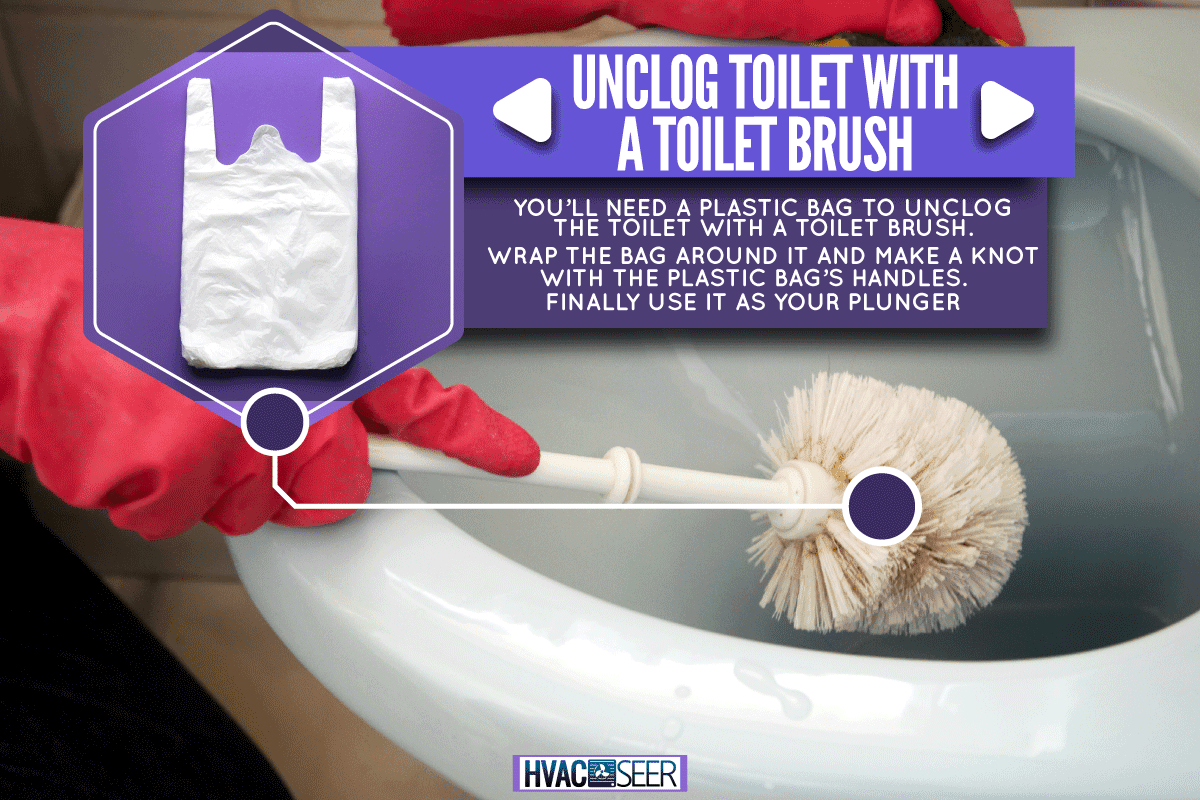
Unclogging Your Toilet With A Toilet Brush
The first concern you may have with the toilet brush method is using a plastic bag. After all, toilet brushes have rough bristles. Therefore, we could use them to break up the material causing the clog.
That's true to some extent. You'll quickly see why that won't work. Using the brush alone should work if the material causing the clog is closer to the surface.
However, the clogging issue is likely deeper in the piping. In other words, it's in an area where the toilet brush can't reach. That's where the plan falls apart.
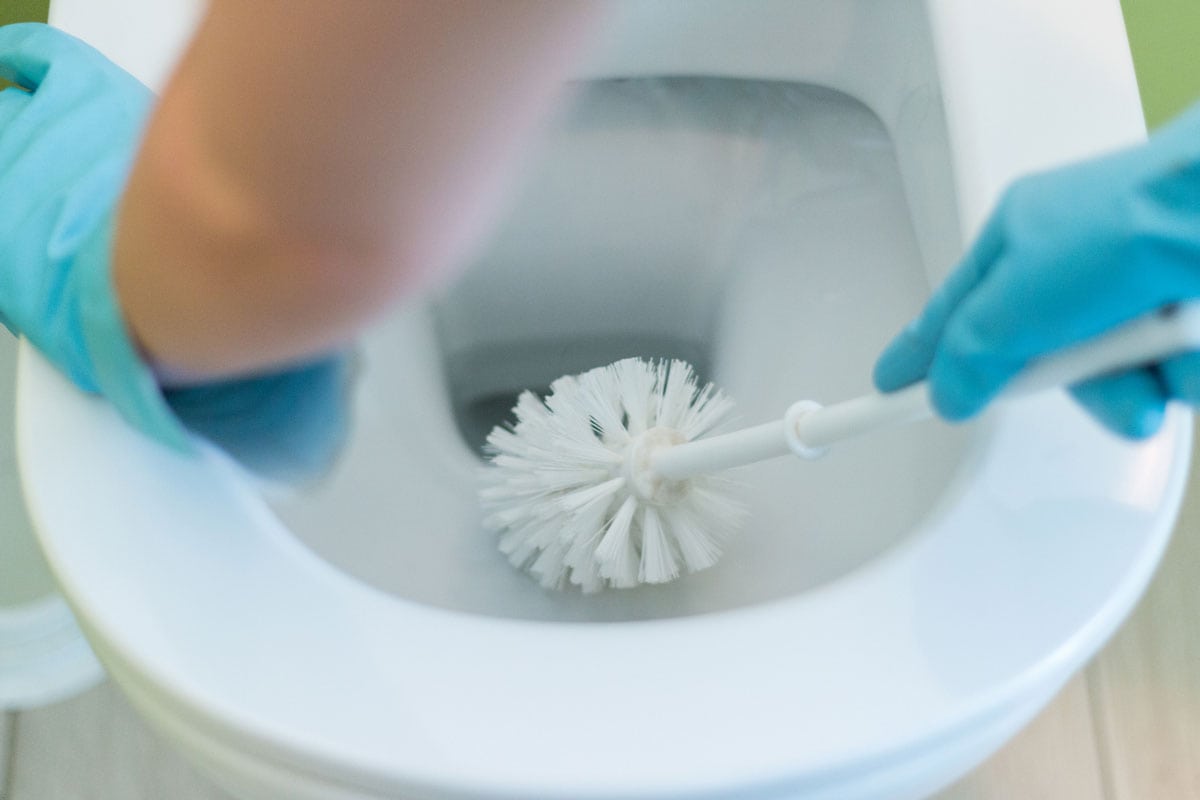
How The Toilet Brush And Plastic Bag Method Works
For this reason, people came up with the idea of wrapping the brush in a plastic bag. The reasoning is simple. But before we get to that, we need to know how a plunger works.
When you take a plunger, seal it over the drain opening, and push it down, it increases the pressure in the pipe. The increase in pressure pushes water downward.
Then, as you pull the plunger up, it reduces the pressure. As a result, it allows the water to rise. Repeating this motion a few times is enough to dislodge most clogging in the pipe.
Using A Plastic Bag
For this reason, we need to use a plastic bag. Wrapping it around the bristles of the toilet brush will make it function like a plunger. Without the bag, the pressure of the water will go through the bristles.
Start the process by placing the toilet brush in a bag. You don't need a big plastic bag for this. It only needs to be enough to cover the bristle portion.
Seal the bag in a tight knot. If you're not confident the knot will keep water out, use a twist tie to seal it.
Plunging the Toilet
Now comes the fun part. Use the toilet brush and plunge into the toilet. It might take a few tries.
So, keep moving it in a back-and-forth motion. Your makeshift plunger should work as long as the bag doesn't break. If you want to see it in action before you do it, here's a video demonstration:
Will A Toilet Eventually Unclog Itself?
If the toilet brush trick doesn't work, you might have to wait it out. The toilet will eventually unclog itself after a while. However, that depends on the material causing the clog.
Toilet paper and human waste are degradable. It won't degrade immediately. These materials will take a few hours to a whole day to break down.
So, if you're experiencing a clog at night, wait until the morning to see if it gets better.
Those who have clogging issues during the day should probably seek another solution. Otherwise, you can attempt the toilet brush trick again.
However, the toilet won't unclog itself if you flush non-degradable material. These items include hygiene products, wet wipes, diapers, etc. In this situation, the toilet probably doesn't drain at all.
In comparison, degradable material will only cause a partial clog. So, water will drain. Though, it will do so slowly.
Does Flushing A Clogged Toilet Make It Worse?
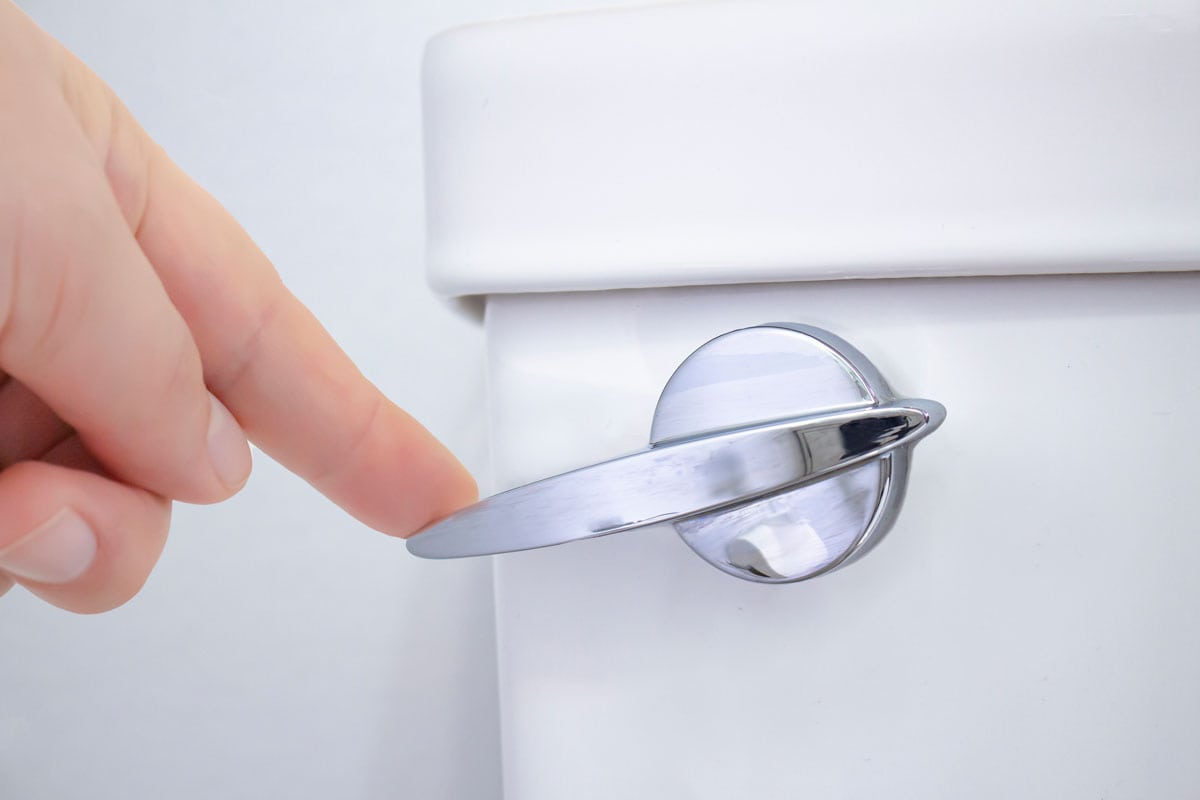
You need to apply pressure to a clog to remove the clogging issue. Tools like plungers use water pressure to dislodge the material causing the problem. Of course, flushing the toilet could also do this.
However, it's not an efficient way to dislodge the material. The main concern would be causing an overflow. Subsequent flushing will only contribute to the problem.
Instead of dealing with a clogging issue, you'll add an overflow issue with enough flushes. For this reason, it's best not to flush after realizing there's a clog.
Other Ways To Deal With A Clogged Toilet
Fortunately, you don't have to rely on the toilet brush alone. There are other ways you can dislodge the material causing the clog. You want to start by letting the water drain first.
If it can't drain, remove the water using a disposable container. Wear gloves because you'll be handling dirty water. From here, we can try a few ways to loosen the clog.
Hot Water
Once the water level is low enough, you may pour hot water down the toilet. It needs to be hot but not boiling. Hot water from a sink should do the trick.
It's not recommendable to use boiling water because the temperature difference between the water and the porcelain is too high. If you use boiling water, it can crack the toilet.
Fill a container with a gallon of hot water. Then, pour it into the toilet. You may also try the toilet brush trick with hot water.
Makeshift Snake
When plungers don't work, plumbers tend to use a toilet snake. It's a slender, flexible auger. You use one when the material causing the clog isn't degradable.
The toilet snake will pull it out. However, it's not a common household item. Though, you can make one using a wire hanger.
Extend the hanger into a long rod. Try to face the sharp edges away from the porcelain. Otherwise, you'll scratch the toilet.
Finally, stick the hanger into the toilet. Try to grasp the material stuck inside. At worst, do enough to agitate it. This way, it can release and move further down.
If the material isn't budging, you may need to remove the toilet and remove the material from the bottom. Since it's tough to visualize this method, here's a video demonstration:
Using Home Products
When physical tools and hot water don't work, we may need to use cleaners. More specifically, something that can dissolve the material. Three products people recommend are dish soap, white vinegar, and baking soda.
Using dish soap requires less effort than the other two. Pour it into the toilet bowl. You want to use a generous amount of soap.
If you'd like, you can also pour hot water. Let the clog soak the hot water and dish soap. It will take time for it to break down. After a while, flush the toilet to see if it has helped.
White Vinegar And Baking Soda
The white vinegar and baking soda solution require a bit more care. You can start by pouring a cup of baking soda into the toilet bowl. Then, slowly pour the vinegar inside.
These two products will create a fizz. If you pour vinegar too fast, it will overflow. Two cups of white vinegar should do the trick.
Wait a few minutes afterward. If it worked, the water should go down. Therefore, there's no longer a clog.
When Should You Call A Plumber For A Clogged Toilet?
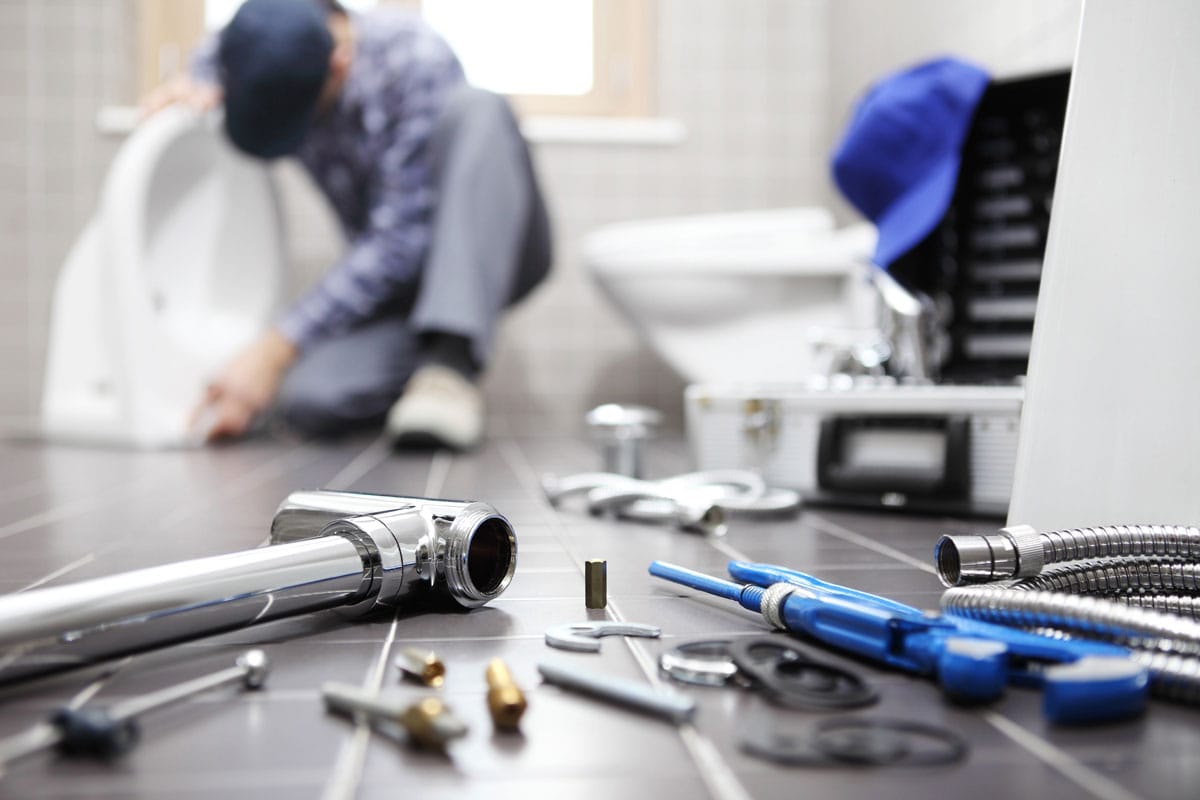
There are many ways you can attempt to dislodge material causing a clog. However, if each method fails, it might be time to call a plumber. At this point, it's a plumbing issue you won't be able to handle.
Of course, you can try using drain cleaning chemicals. But, if you use the wrong one or they don't work, it wastes time and effort.
Using the wrong drain cleaning chemicals can even damage your plumbing system. It's up to you to determine if that's worth the risk over a plumbing bill.
Therefore, the best time to call a plumber would be when you no longer have options.
Why Is My Toilet Still Clogged Even After Plunging?
You can decide against using alternative solutions. Maybe you think it's better to wait and purchase a plunger. After using one, you may find yourself in the same situation.
In other words, the plunger isn't helping with the clog. That may be because you're using the wrong plunger. There are three types. They are:
- Cup plunger
- Toilet flange plunger
- Accordion plunger
The worst one to use for toilet clogs is the cup plunger.
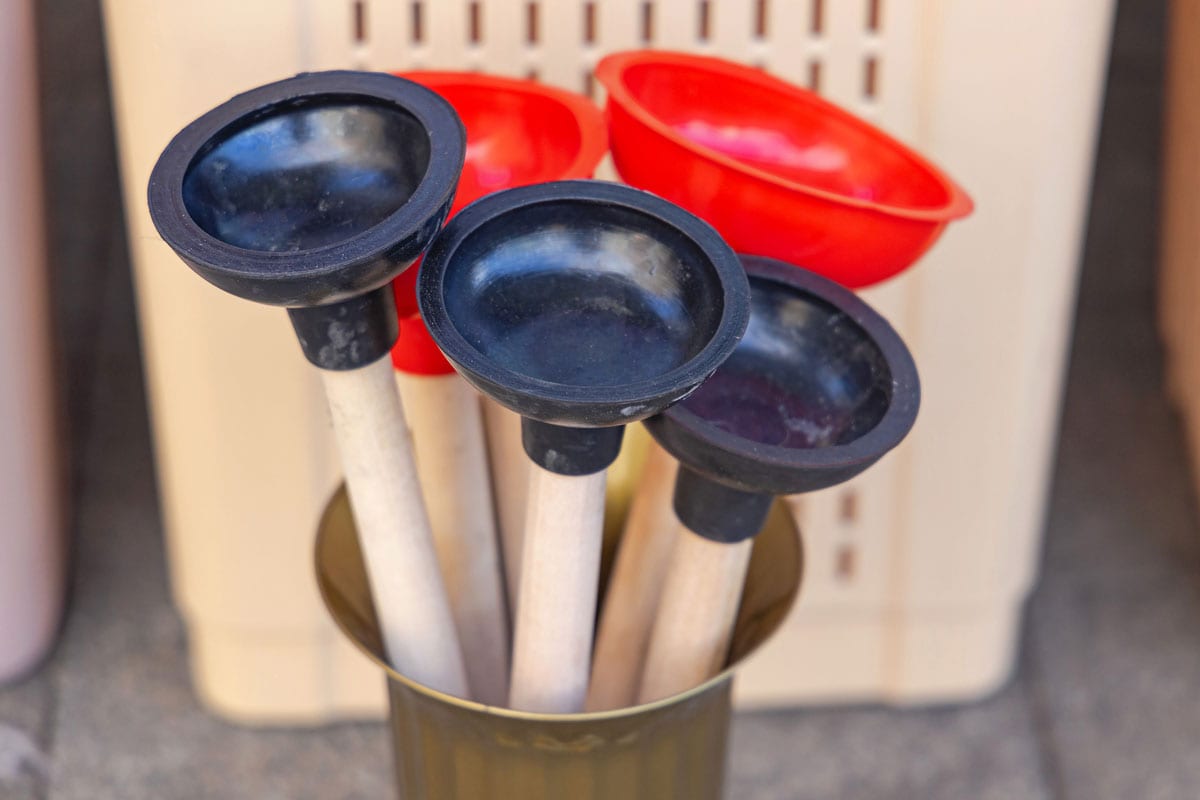
These are better for clogs in sinks. The two best plungers for toilet clogs are the flange and accordion plunger.
Click here to see this accordion plunger on Amazon.
Click here to see this flange plunger on Amazon.
These two provide better suction than the typical cup plunger.
Conclusion
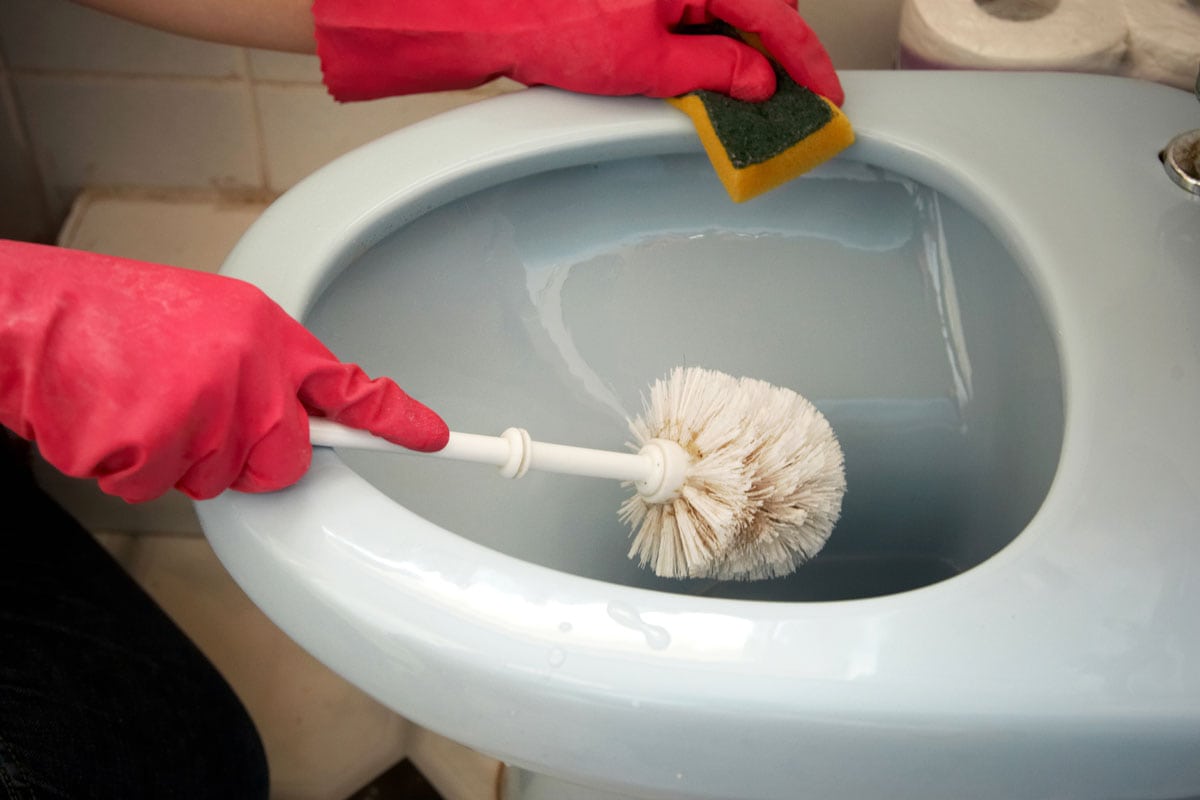
It's the worst feeling to flush the toilet and watch the water level rise without draining. Toilet clogs are also nasty to mess around with. Hopefully, one of the methods above solves your issue.
Good luck unclogging the toilet.
Before you go, do you have other toilet concerns? Are you curious to know how it affects your bills? To learn more, check out:
Can A Running Toilet Increase Electric Bill?
Do you need ways to insulate a toilet tank? We can help. For more information, check out:


